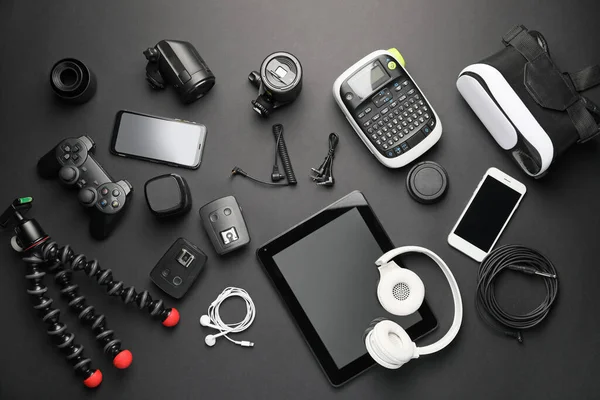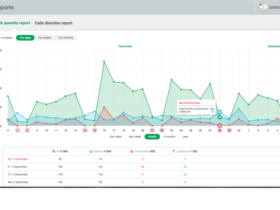From smartwatches that monitor our heart rate to voice assistants that control our homes, modern technology has seamlessly integrated into our daily lives. Gadgets are no longer just tools—they’re extensions of ourselves, enhancing how we communicate, work, entertain, and even think.
In the last decade alone, we’ve seen an explosion of innovation that has redefined convenience, productivity, and connectivity. The rapid development of mobile devices, wearable tech, smart home systems, and artificial intelligence has created an ecosystem where digital and physical realities overlap more than ever before.
Smartphones: The Digital Swiss Army Knife
Arguably the most influential gadget of the modern era, the smartphone is far more than a communication device. It’s a camera, a wallet, a gaming console, a remote control, and a portal to endless information—all in one compact form.
Flagship models from Apple, Samsung, and Google push the boundaries each year with better cameras, AI-powered features, and seamless app ecosystems. From managing finances to tracking fitness goals, smartphones have become an essential hub for personal and professional life.
Wearable Technology and Health Tracking
Smartwatches and fitness trackers have changed the way people approach health and wellness. Devices like the Apple Watch, Fitbit, and Garmin not only count steps but also monitor sleep, detect irregular heart rhythms, and even offer ECG readings.
These gadgets are empowering users to take charge of their health in real-time. In some cases, they’ve even alerted wearers to life-threatening conditions, proving that tech isn’t just convenient—it can be life-saving.
Smart Homes and the Internet of Things (IoT)
Voice-activated assistants like Amazon Alexa and Google Assistant have revolutionized how we interact with our homes. From adjusting the thermostat and turning off lights to reordering groceries, smart home gadgets add layers of automation and convenience to everyday tasks.
The IoT (Internet of Things) connects everything from your coffee maker to your security system, creating a synchronized environment that adapts to your preferences and routines.
Entertainment in the Digital Age
Technology has also transformed how we consume content. Streaming platforms, wireless earbuds, and high-definition displays make it easier than ever to enjoy music, movies, and games from anywhere. Devices like the Oculus Quest 2 are introducing mainstream audiences to virtual reality, promising an even more immersive entertainment future.
Interestingly, this shift toward digital entertainment has also blurred the lines between different forms of media. For instance, gamers and sports fans alike are increasingly turning to online platforms to enhance their experience. One such example is how football enthusiasts explore niche betting strategies using resources like apuestas de fútbol to combine their passion for tech and sports.
Artificial Intelligence and Daily Convenience
AI is now embedded in almost every gadget we use—from personalized playlists on Spotify to intelligent camera settings on smartphones. Machine learning helps predict user behavior, automate tasks, and provide recommendations that feel almost human.
Virtual assistants like Siri and Google Assistant use AI to handle everything from setting reminders to telling jokes. While we’re still far from true general intelligence, the current capabilities already offer impressive enhancements to productivity and lifestyle.
Comparison Table: Traditional Devices vs. Smart Gadgets
| Feature | Traditional Devices | Smart Gadgets |
|---|---|---|
| Functionality | Single-purpose (e.g., watches only tell time) | Multi-functional (e.g., track fitness, calls, GPS) |
| Connectivity | Limited or no connectivity | Connected to the internet, apps, and cloud |
| User Interaction | Manual operation | Voice, touch, automation |
| Updates | Hardware-based changes | Frequent software updates |
| Customization | Minimal personalization | Highly customizable with user data |
The Future of Gadgets
Looking ahead, gadgets will become even more intelligent and intuitive. Expect more integration with augmented reality (AR), improved voice recognition, and sustainable designs. Foldable phones, AI-enhanced appliances, and even brain-computer interfaces are already in development.
Privacy and data security will continue to be important topics as our reliance on connected gadgets grows. Manufacturers will need to find the right balance between innovation and protection to earn and maintain user trust.
Conclusion
Gadgets are no longer optional extras—they’re essential parts of modern life. From productivity and health to entertainment and communication, technology shapes how we live, work, and play. As innovations continue to emerge, staying informed and adaptable is key to making the most of what this digital age has to offer.







Leave a Reply